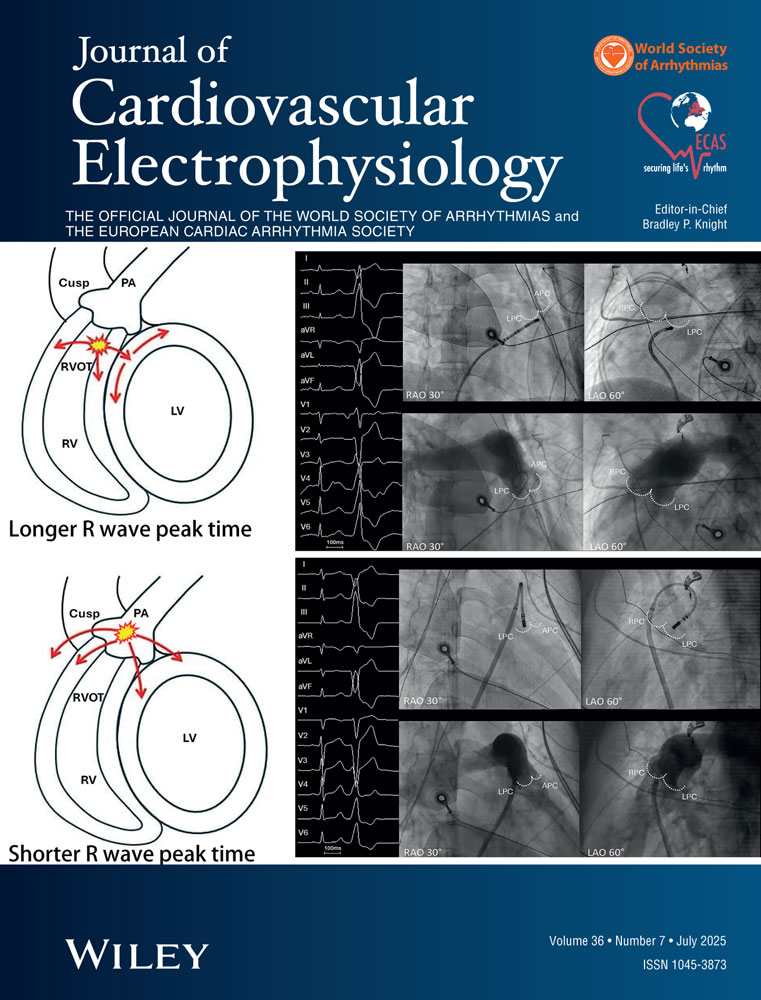Importance of the Atrial Channel for Ventricular Arrhythmia Therapy in the Dual Chamber Implantable Cardioverter Defibrillator
Abstract
Atrial Channel and VT Therapy in ICD. Introduction: Performance of dual chamber implantable cardioverter defibrillator (ICD) systems bas been judged based on functioning of the ventricular tachycardia:supraventricular tachycardia (VT:SVT) discrimination criteria and DDD pacing. The purpose of this study was to evaluate the use of dual chamber diagnostics to improve the electrical and antiarrhythmic therapy of ventricular arrhythmias.
Methods and Results: Information about atrial and ventricular rhythm in relation to ventricular arrhythmia occurrence and therapy was evaluated in 724 spontaneous arrhythmia episodes detected and treated by three types of dual chamber K Ds in 41 patients with structural heart disease. Device programming was based on clinically documented and induced ventricular arrhythmias. In ambulatory patients, sinus tachycardia preceded ventricular arrhythmias more often than in the hospital during exercise testing. The incidence of these VTs could be reduced by increasing the dose of a beta-blocking agent in only two patients. In five patients in whom sinus tachycardia developed after onset of hemodynamic stable VT, propranolol was more effective than Class III antiarrhythmics combined with another beta-blocking agent with regard to the incidence of VT and pace termination. In all but three cases, atrial arrhythmias were present for a longer time before the onset of ventricular arrhythmias. During atrial arrhythmias, fast ventricular rates before the onset of ventricular rate were observed more often than RR irregularities and short-long RR sequences. Dual chamber diagnostics allowed proper interpretation of detection and therapy outcome in patients with different types of ventricular arrhythmia.
Conclusion: The advantages of the dual chamber ICD system go further than avoiding the shortcomings of the single chamber system. Information from the atrial chamber allows better device programming and individualization of drug therapy for ventricular arrhythmia.




